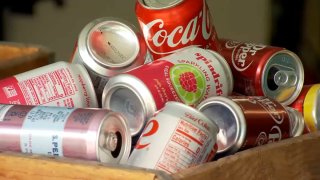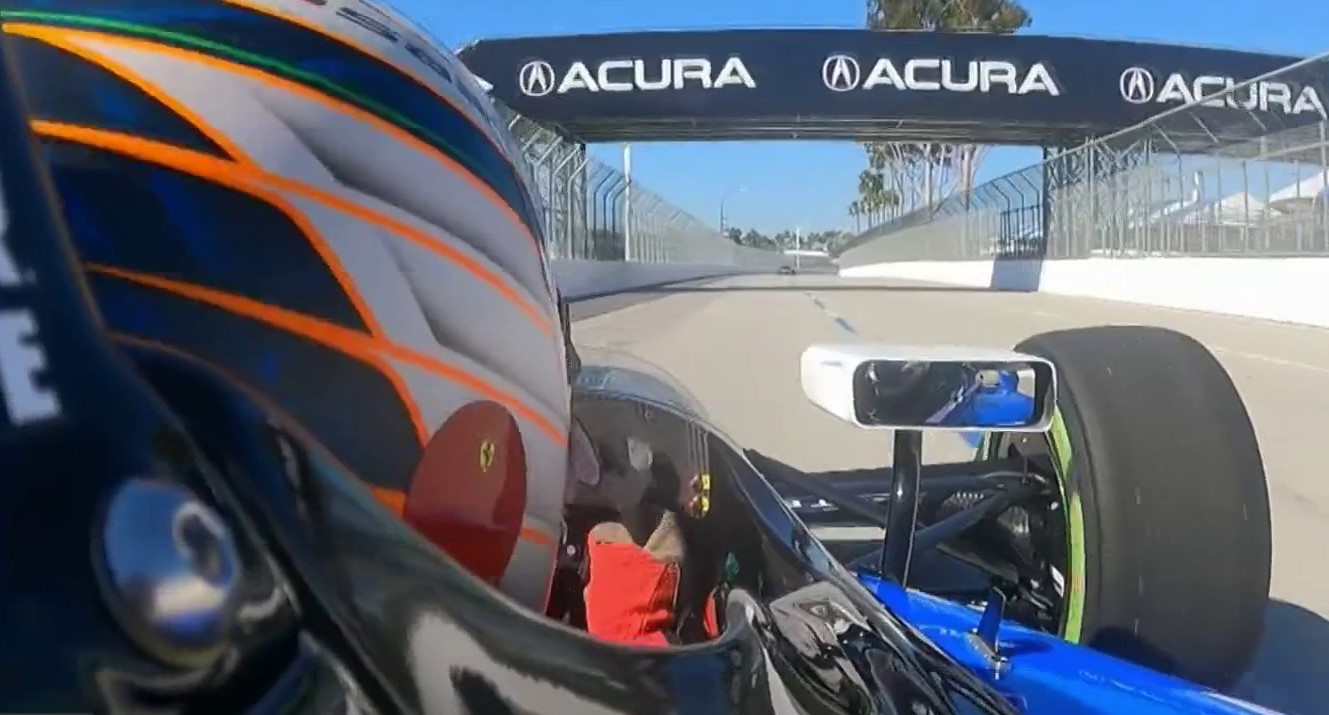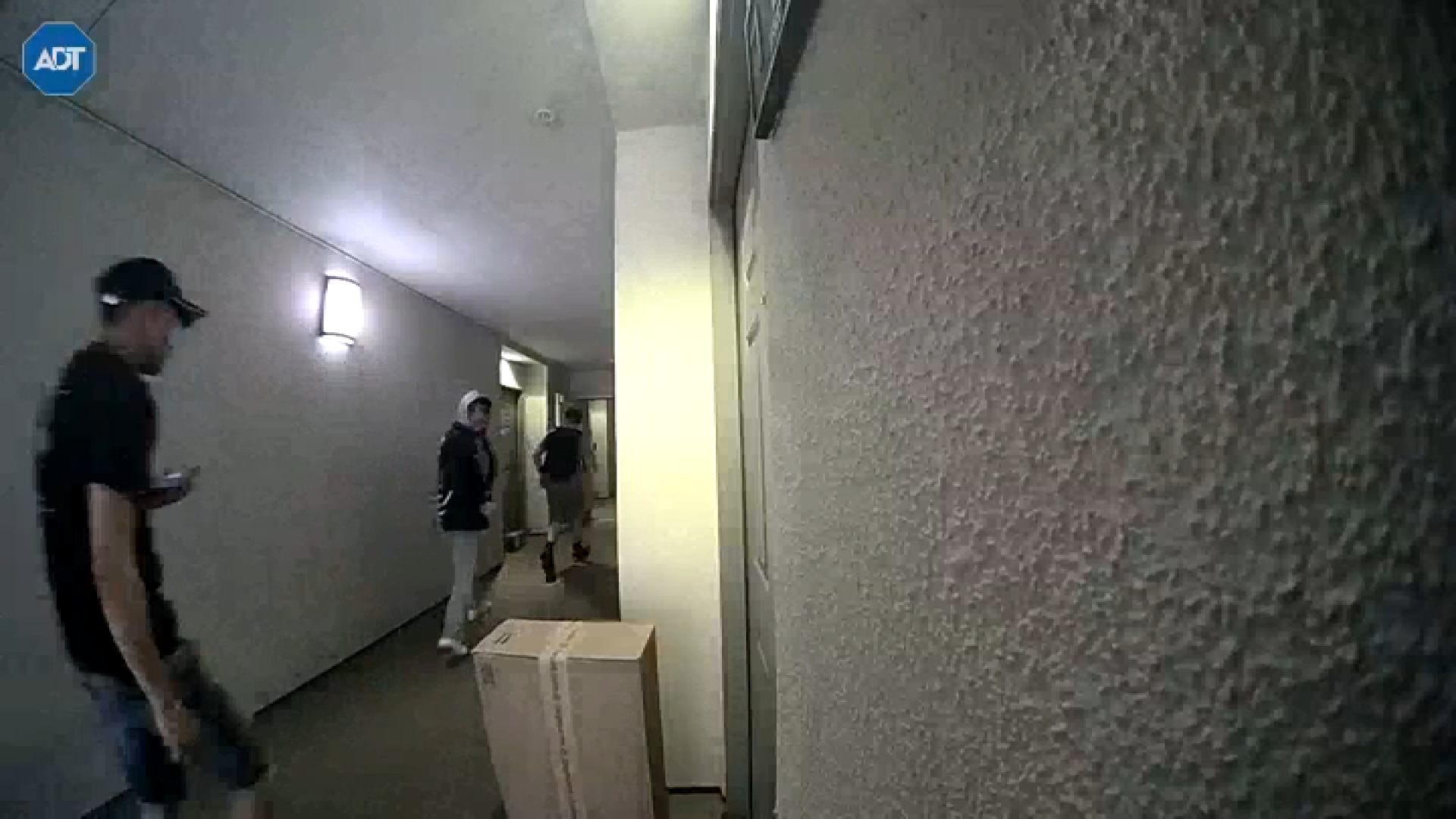
Gov. Gavin Newsom's administration announced this month a proposal to increase consumer recycling of cans and bottles by temporarily doubling the refund amount from 5 cents for a 12-ounce container to a dime.
The plan would not only attempt to increase the recycling rate of bottles and cans from 70% to 80%, but also to spend down the $600 million California amassed in sales of recyclable beverage containers during the pandemic.
Here's what this plan would mean for Californians.
How did this recycling plan come to be? Why now?
Get Southern California news, weather forecasts and entertainment stories to your inbox. Sign up for NBC LA newsletters.
While Californians recycled 800 million more containers from July 2020 to June 2021 than in the previous fiscal year, sales of bottles and cans still eclipsed those that were redeemed, reaching 27 billion in the same period.
This left the state with the $600 million surplus in unclaimed deposits.
According to the California Department of Resources Recycling and Recovery, or CalRecycle, this is due to increased purchases of canned and bottled beverages during the pandemic when many restaurants and eateries closed down.
Local
Get Los Angeles's latest local news on crime, entertainment, weather, schools, COVID, cost of living and more. Here's your go-to source for today's LA news.
Gov. Newsom's plan would use $330 million of that surplus to incentivize and stimulate recycling of these containers for an indefinite amount of time.
What would the plan look like?
The money would go toward recycling program expansions for specific communities, installations of more reverse vending machines and toward strategies to double consumer refunds.
Here's the breakdown of the surplus spending.
- $100 million toward 2,000 new reverse vending machines, which are used to collection bottles, cans and other items in exchange for money. You'd see these in high schools, colleges and stores which are required to redeem recyclable containers in-store.
- $100 million to bonus recycling credits following the installation of mobile recycling programs and expansion of reverse vending machines in hopes of doubling consumer refunds.
- $55 million toward mobile recycling programs targeting rural and underserved communities.
- $50 million to improve the quality of cans and bottles so that more can be made into new containers.
- $25 million toward technology and infrastructure that'd fortify administrating costs.
If approved, the plan would rollout sometime during the next fiscal year which begins July 1.
What are the goals?
The proposal aims to meet environmental and economic demands for the state.
Californians returned 18.5 billion cans and bottles during the last fiscal year, making for a recycle rate of 70%.
The plan sets out to achieve a recycle goal is to meet 80% in returns and "provide clean materials to help reach the state’s recycled glass and plastic minimum content goals," according to CalRecycle.
CalRecycle also says the expansion of programs included in the proposal would create more green jobs and bring green industries into communities.
Where does California stand in terms of national recycling?
Having recycled over 445 billion cans and bottles since 1986 with the introduction of the Beverage Container Recycling and Litter Reduction Act, California continues to be a leading force nationally in recycling and conservation.
However, other states are leading the charge in other areas, like Oregon and Michigan which already refund consumers 10 cents for the beverage containers.
California's ambitious recycling goals persist, though, with efforts like Assembly Bill 793 which sets a standard for recycled content for plastic beverage containers.
The law mandates such recycled content reaches 15% Jan. 1, 2022, 25% by 2025 and 50% by 2030.



